Spotlight: Museum Barberini, Potsdam
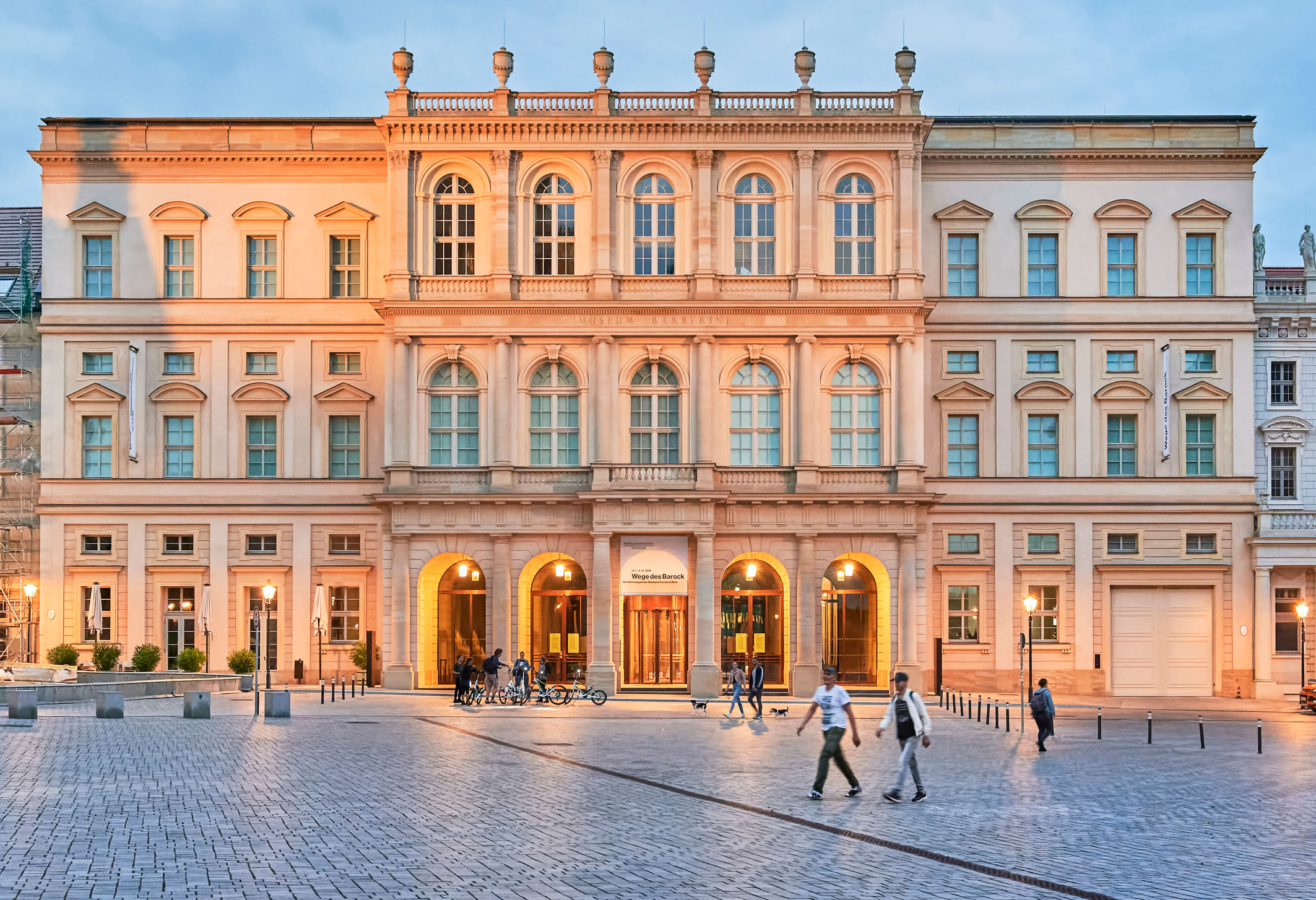
Museum Barberini, © Lukas Spörl
Summary
With an aim to continually offer new perspectives on art, the Museum Barberini is home to founder Hasso Plattner’s extensive Impressionist and Post-Impressionist Collection, alongside which features a select number of special exhibitions each year.
Museum Barberini was born out of a desire to rebuild Potsdam’s historic centre, with the museum significantly housed in the resurrected Palais Barberini. Based on the original Palais building destroyed at the end of World War II, this new museum honours Potsdam's cultural heritage whilst embracing a modern revival.
The History of Palais Barberini
The story of the Palais Barberini is one of creation, destruction and rebirth that began over 250 years ago.
Originally modelled on the Palazzo Barberini in Rome and built by Prussian King Frederick the Great in 1771-72, the baroque building was designed by architects Georg Christian Unger and Carl von Gontard as a grand townhouse on the old market square, the Alter Markt, in Potsdam’s historic centre.
The Palais Barberini formed this splendid market square alongside the Old City Hall and the Church of St. Nicholas and was considered a crown jewel of the royal seat of the Prussian Kings.
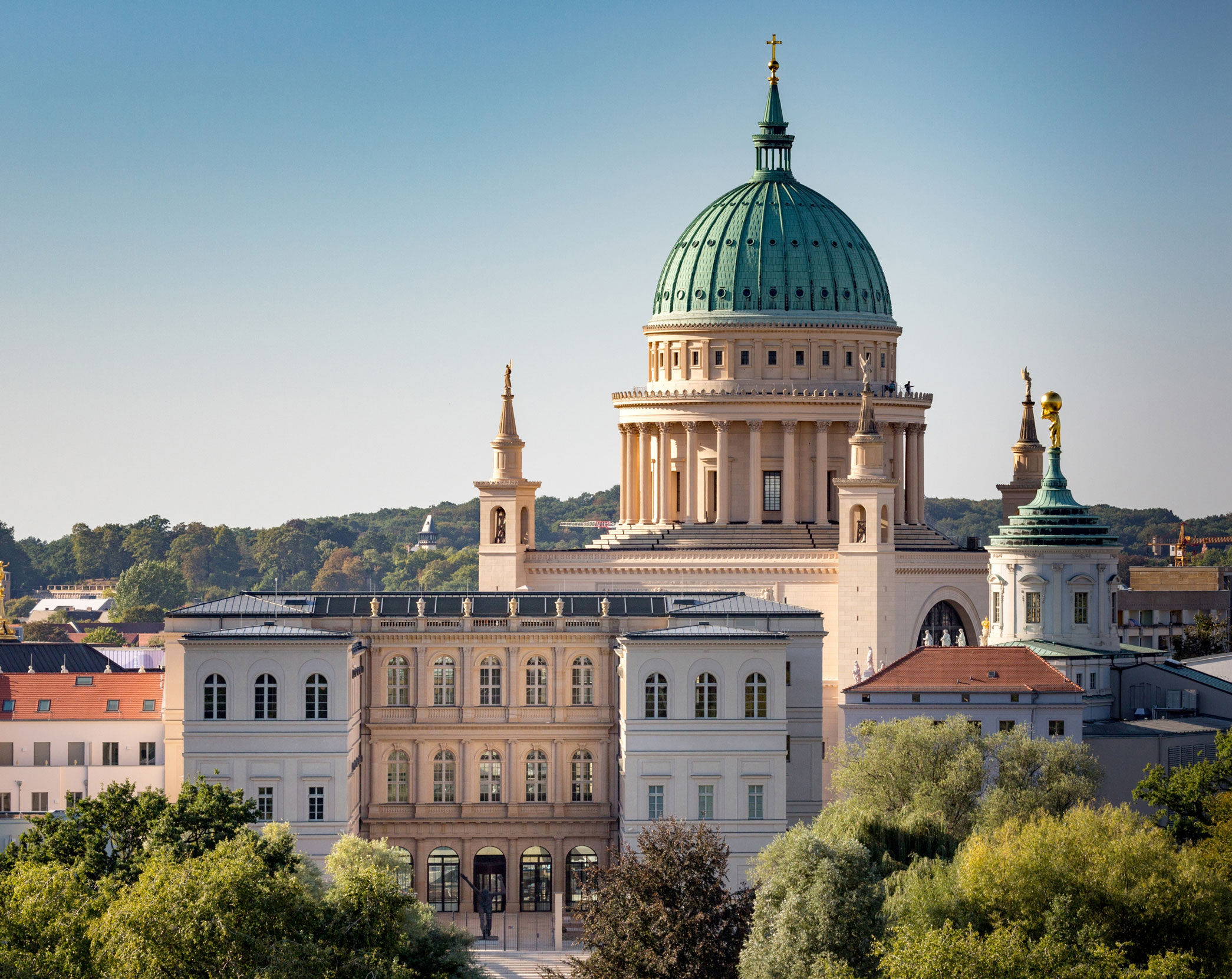
Museum Barberini, © Helge Mundt
Diverse and varied in its uses throughout history, the palace acted as a centre of cultural events, municipal administrative functions and housing. Its role as a hub for arts, culture and public life saw it host many exhibitions, art lotteries, readings and concerts, as well as the city’s first cinema, a library and a registry office.
Then, during World War II, in April 1945, the building was destroyed in an air attack and ultimately demolished in 1948.
A long, comparatively mundane interlude as a parking lot and temporary theatre then proceeded on this once magnificent site, before the decision was made in 2005 to reconstruct the historic centre of Potsdam to recreate the original square as it once would have been.
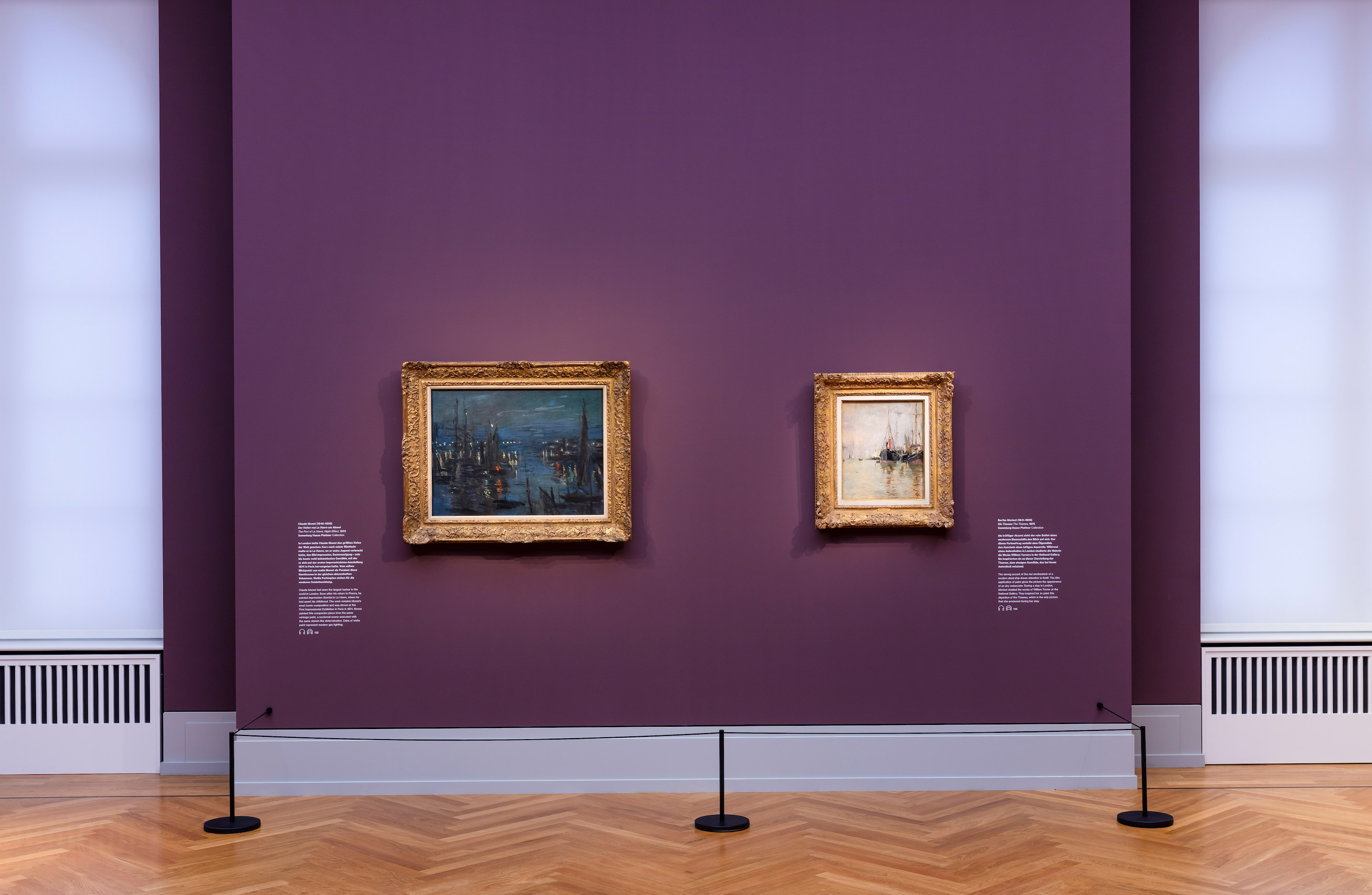
Hasso Plattner Collection, Museum Barberini, Potsdam © David von Becker
Barberini Today: A Celebrated Centre of Impressionism
The rebuild, as closely in keeping with the original as possible, took place during 2013 to 2016, and Museum Barberini opened in 2017. This grand effort was led by world-renowned founder and benefactor Hasso Plattner.
There was a clear vision for the museum, recreating and celebrating its resplendent past whilst embracing the modern, digital age into which it was reborn. This vision can be experienced throughout the museum’s 17 galleries spread over three floors, totalling 2,200 square metres of state-of-the-art exhibition space.
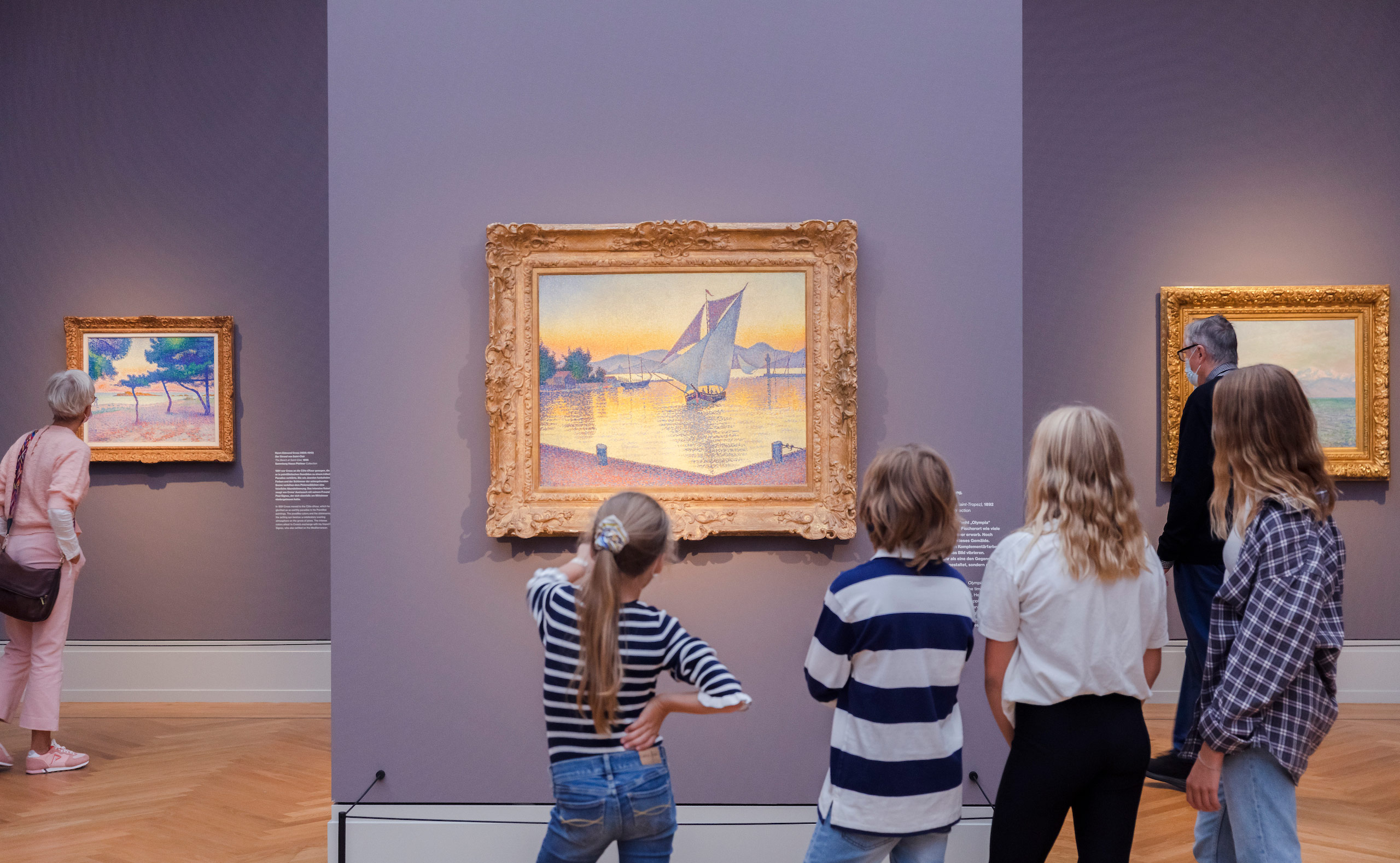
© David von Becker
In addition to temporary exhibitions showcasing the works of art luminaries like Vincent van Gogh, Rembrandt van Rijn and Gerhard Richter, the museum is now the permanent home to founder Hasso Plattner’s vast impressionist and post-impressionist collection. With over 38 paintings by Claude Monet, the museum houses the most extensive collection in Europe outside of Paris, making Museum Barberini an internationally significant centre of impressionism.
Describing his collection, Plattner explains: “The paintings involve us as viewers in a very direct way. We can practically feel the wind on our skin and the temperature of the water when we look at Monet’s sailboats on the Seine. No other art can do that. The Impressionists are geniuses of communication.”
Other collection highlights include works by Pierre-Auguste Renoir, Berthe Morisot, Gustave Caillebotte, and Paul Signac.With such masters to view, the museum’s vision generously allows space for each artwork, and this spaciousness invites the viewer to climb into each individual painting. Just enough space exists between the artworks so that though each belongs to itself, the collection can be felt as a whole.
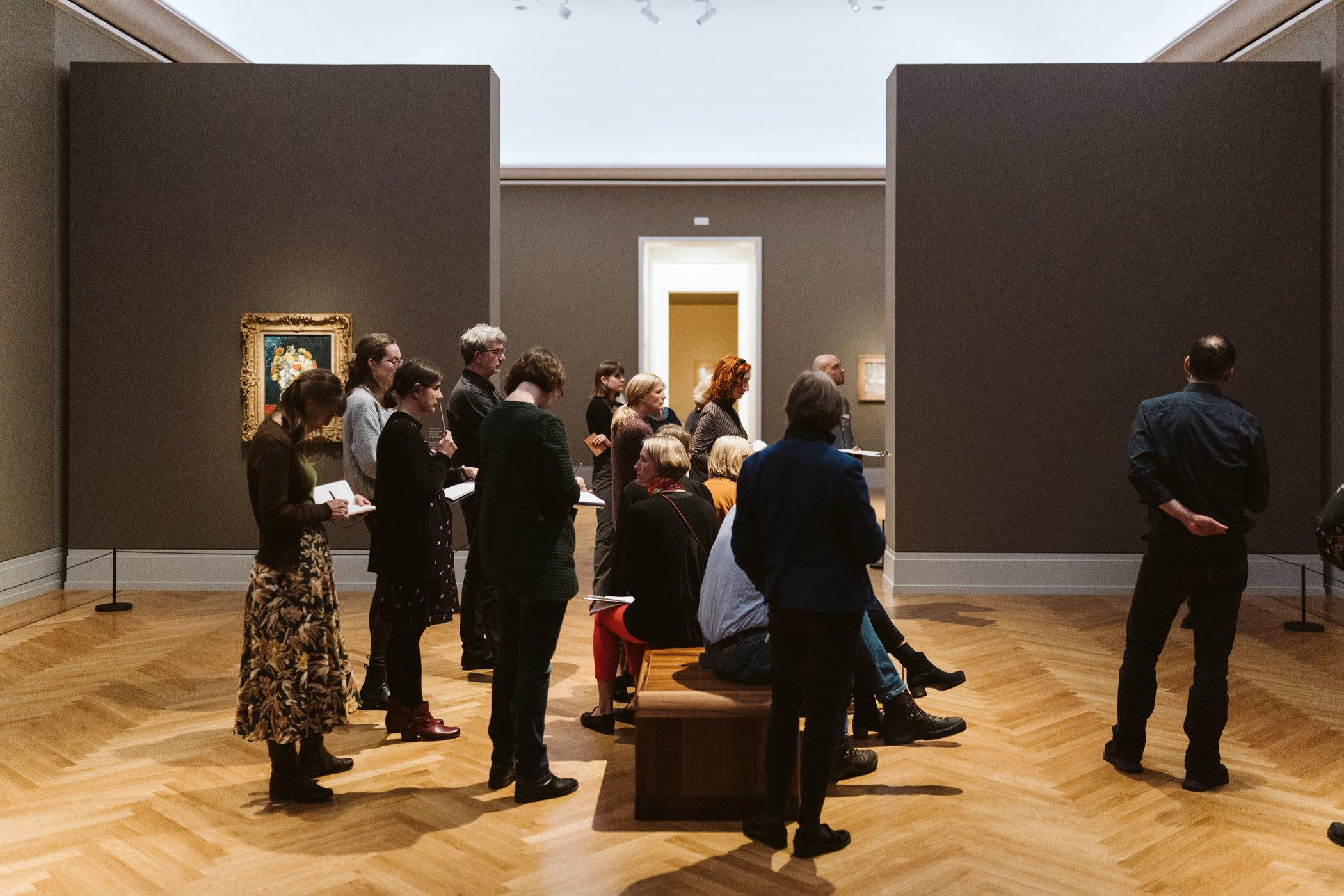
© Henry Balaszeskul
It is no wonder then that in 2019 the museum attracted 392,000 visitors from across the world. Welcoming such a large number of visitors to appreciate some of the world’s finest artworks meant that Museum Barberini needed robust and neat protective equipment for their gallery spaces.
The museum’s research found that Absolute’s 400mm Freestanding Art Barriers and Wall Terminators in black were the neat, sleek protection and punctuation required to complement the clean-lined museum. They fit the vision the museum has for showcasing and protecting its artworks.
An artwork has a life of its own and requires room to breathe. In this instance, Absolute’s black Freestanding Barrier provides clean punctuation that clarifies and protects the artwork's space.
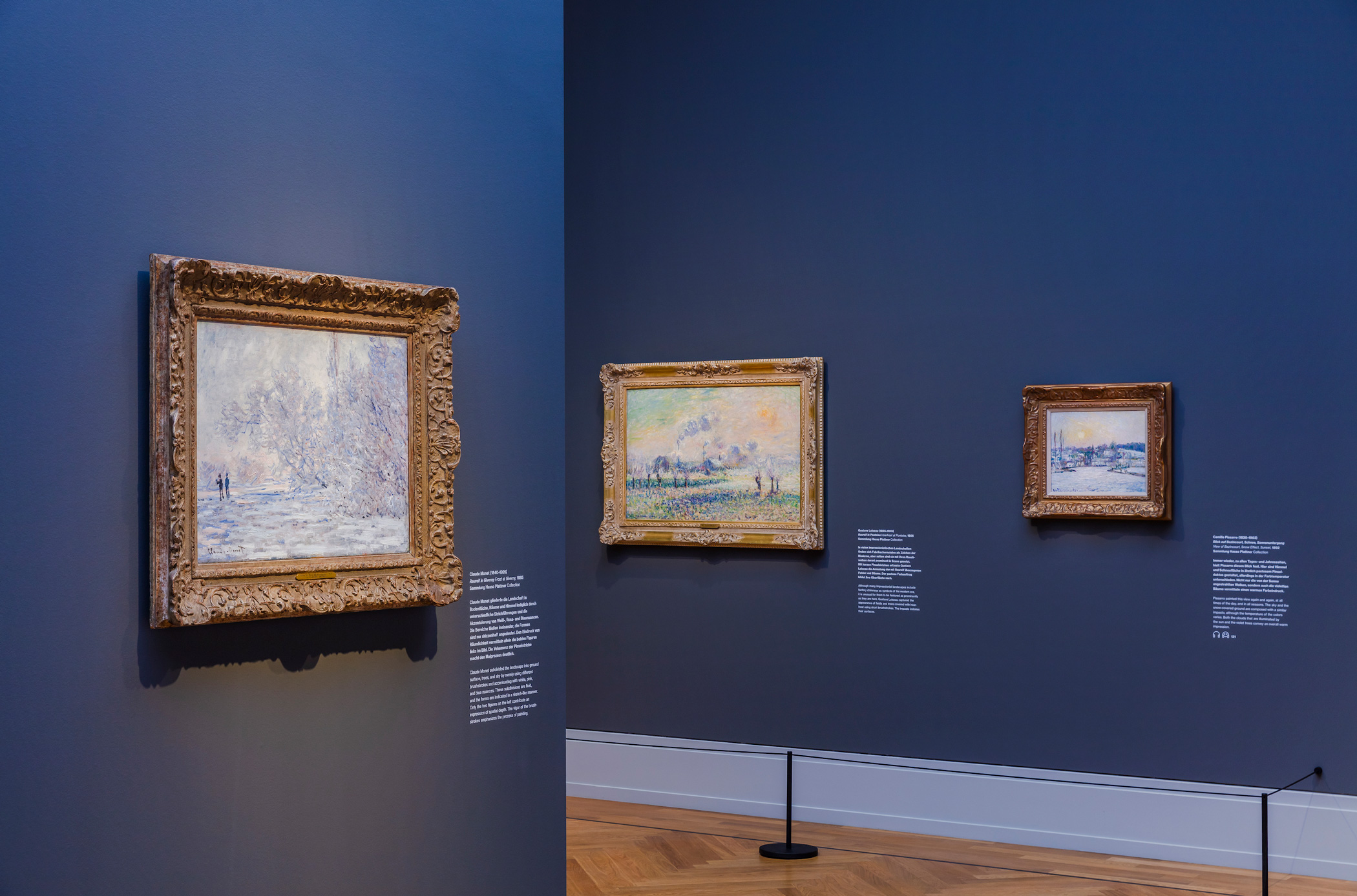
Hasso Plattner Collection, Museum Barberini, Potsdam © David von Becker
Expert Advice – Art Gallery Barriers
1. Get the number of museum barriers you need at the start for a straight-lined installation. When purchasing a museum barrier system, the key to a successful installation is a clean straight line of elastic cord. Adding just one or two barriers to a barrier line-up will ensure the gap between barriers is close enough to prevent cord drooping. A straight line works with the architectural lines of the environment blending in and allowing the artwork to be the hero. The more contemporary the facility, the more critical it is to get it straight.
2. Contrasting colours of museum barrier to the environment can be used significantly as part of the design concept. A dark barrier against a light background provides firm punctuation of an artwork's protected space, and the sharper rhythm leads a viewer from artwork to artwork.
Related Links
https://www.museum-barberini.de/en/museum/695/about-the-museum
https://www.berlinunwrapped.com/2017/03/06/museum-barberini-the-new-pride-of-potsdam/
Photo Credits:
Museum Barberini - Image 1: © Lukas Spörl, Image 2: © Helge Mundt, Images 3, 4, and 6: © David von Becker, Image 5: © Henry Balaszeskul
REQUIRE PROJECT SPECIFIC ADVICE?
Get in touch with our expert team today to discuss your requirements and how our product solutions can help.
-
Posted by Jade Turner
11th January 2023
